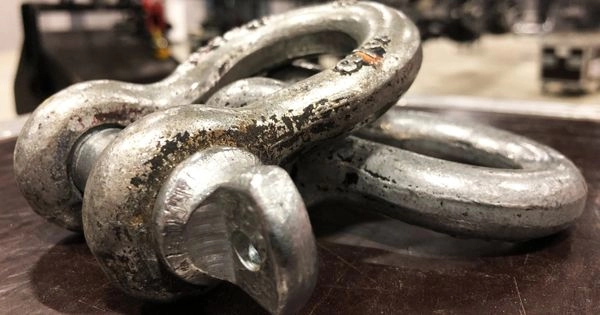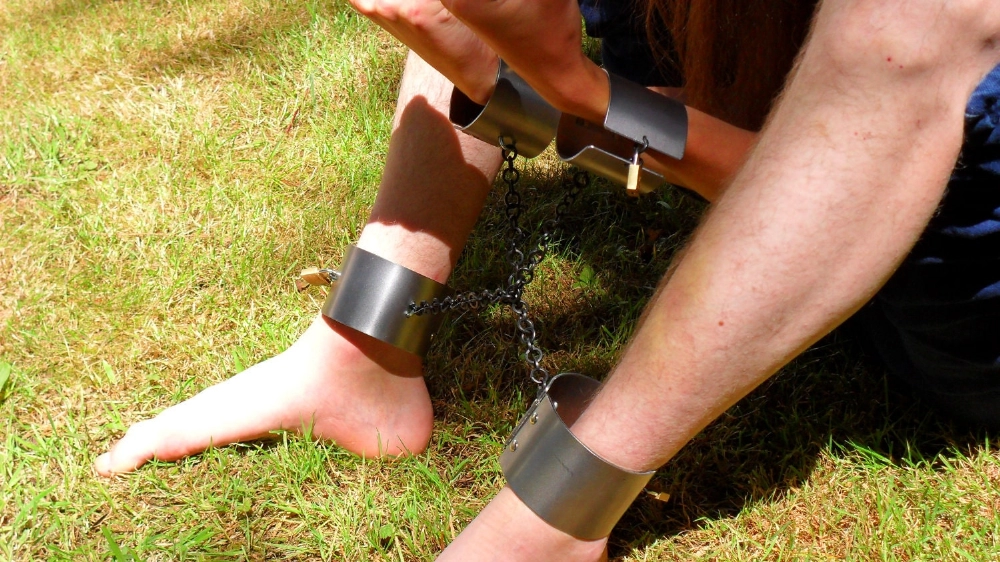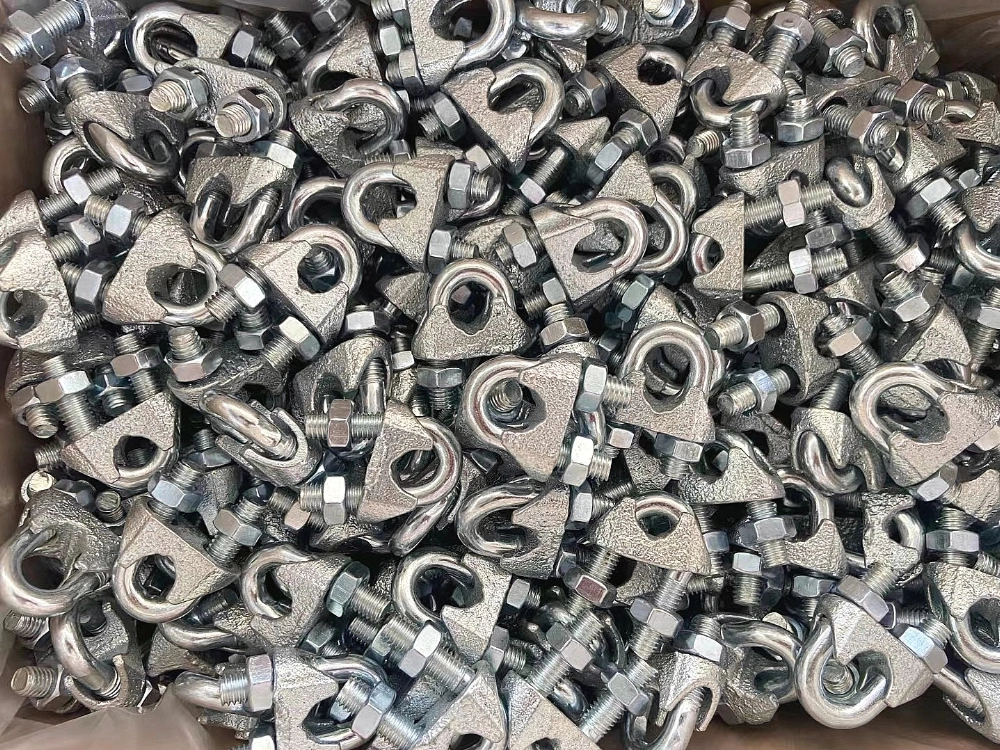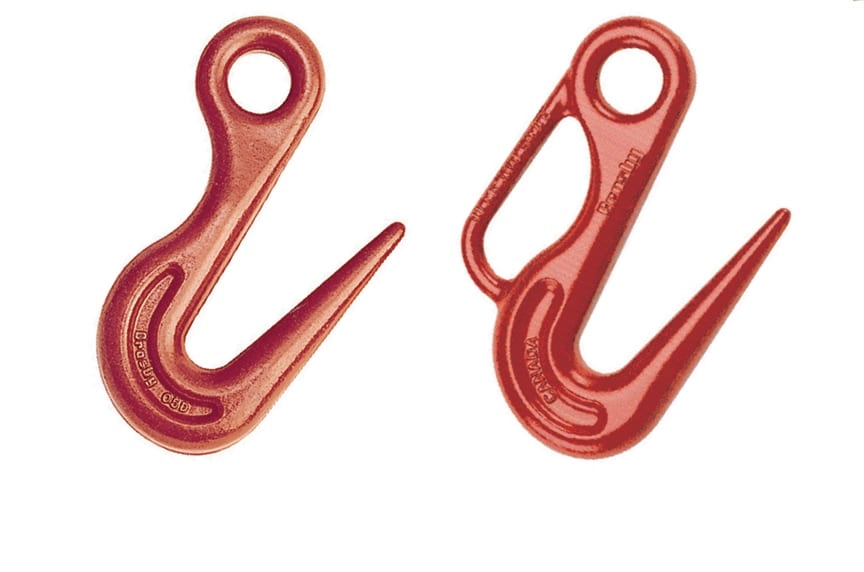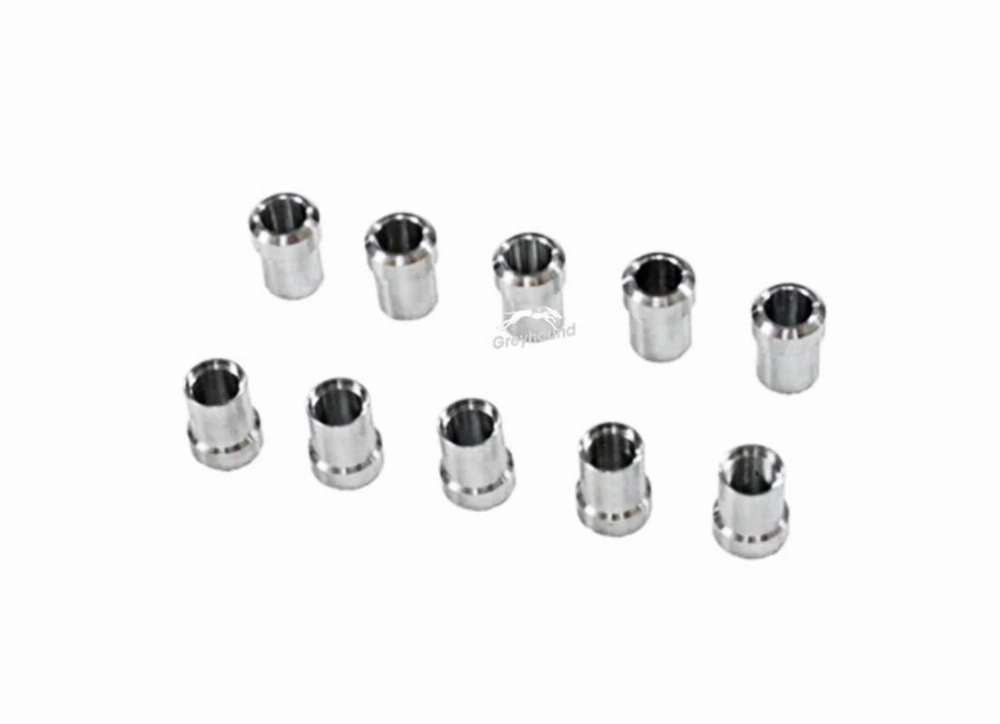Need help? Write to us info@hqlifting.com
- Charging Accessories
- Lifting accessories
- Steel Cable
- Beam cart
- Turnstile for load securing
- Load Ratchet Strap
- Lifting current
- Chain for Load Lifting
- Lifting equipment
- Slings
- Steel Cable Tensioner
- Polyester slingshot
- Load binders
- STEEL HOOK
- Steel Cable Clamp
- Electric winch
- Permanent magnets
- Steel Cable Clamp
- moitão
- Carabiners
- Screw With Eyelet
- Lifting Clamp
- Talha Manual
- Uncategorized
Call our consultants or chat online
+86 151 4514 5178
Practical Guide: How to Use a Ratchet Strap
Ratchet straps are very important for securing loads. They help prevent accidents during transport. They are practical and durable, perfect for tying down loads of...
This guide will teach you how to assemble a strap with a ratchet safely. Knowing how to use these devices helps to choose the best one for each situation. This way, you avoid overloads and keep the load secure.
Understanding What a Ratchet Strap Is and Its Applications
A ratchet strap helps to securely tie down loads. It has a strong strap and a mechanism to adjust the tension. Knowing about its types and functions helps to choose the best one for each situation.
Main types of ratchet straps available on the market
- One-piece strap: body and ratchet in a single material, ideal for light loads.
- Hook tape: metal terminal for attachment at specific points, common in logistics.
- Belt with fixed terminal: precise adjustment for stable loads, such as furniture.
When and where to use ratchet straps
These accessories are used in:
- Cargo transportation in trucks or pick-ups.
- Furniture securing during moves.
- Equipment mounting on booths or construction sites.
Load capacity and technical specifications
| Type of tape | Maximum load (LC) | Material |
|---|---|---|
| Nylon tape | 500 to 2000 kg | Abrasion resistant |
| Polyester tape | 800 to 3000 kg | Excellent durability |
| Hybrid tape | Up to 4000 kg | Combining nylon and metal |
Check the LC (load limit) and the maximum elongation before choosing. This prevents problems during use.
Materials and Tools Needed to Install a Ratchet Strap
To learn how to put a strap on the ratchet, it is essential to have everything ready. See the list of materials and tools you will need. They ensure safety and efficiency at work:

- Certified ratchet strap (check safety standards such as ABNT or ISO)
- Non-slip gloves for hand protection
- Safety glasses with visor
- Plastic or rubber edge protectors
| Item | Descrição | Function |
|---|---|---|
| Strap with ratchet | Metal chain with locking device | Secure fastening of heavy loads |
| Belt extender | Part that extends the belt's reach | Essential for larger dimension loads |
| Voltage meter | Digital or analog device | Evaluates the pressure applied during assembly |
For how to mount the strap on the ratchet, choose strong materials and measuring tools. Gloves and protectors help prevent damage. Choose extenders according to the weight of the load. For loads up to 1,500 kg, use basic models. For more than 2,000 kg, use reinforced accessories. Always check the items before starting.
Step by Step: How to Properly Install Ratchet Straps
Before starting, follow each step carefully. This ensures safety and efficiency. See how to do each part of the process smoothly:
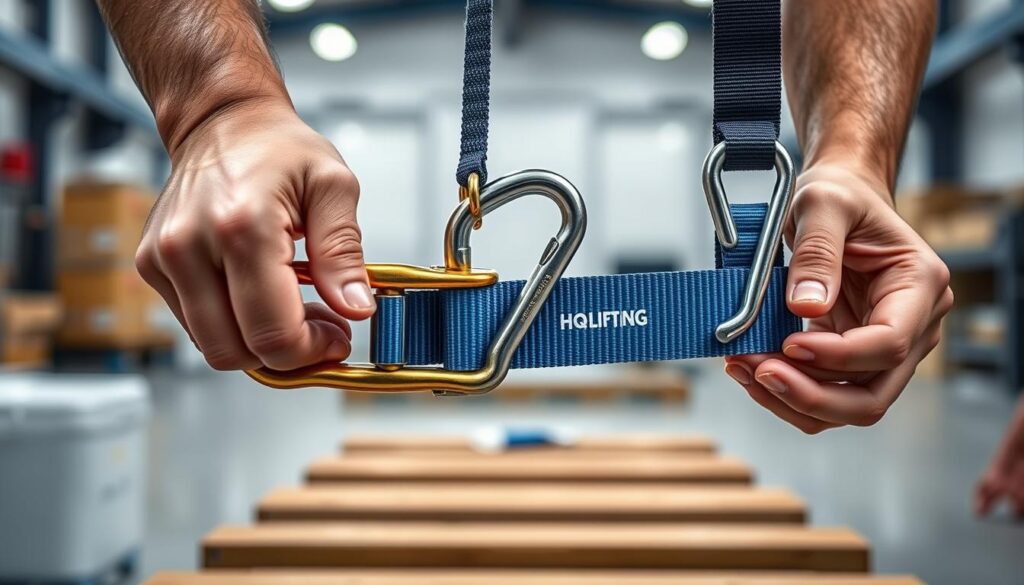
Preparing the tape before installation
- Pre-inspection: Check if the strap has no cracks, loose threads, or wear.
- Completely unroll the strap to remove twists. Ensure it is aligned with the surface of the load.
Correct positioning of the ratchet
Place the ratchet in the center of the strap. Avoid sharp edges or uneven surfaces. This makes adjustment easier and reduces the risk of damage.
Technique to insert the strap into the ratchet
- Insert the end of the strap into the ratchet axle, keeping it parallel to the frame.
- Pull the strap back, ensuring that the ratchet mechanism grips it without folds or bends.
How to properly tension
| Step | Ação |
|---|---|
| 1 | Pull the belt until you feel moderate resistance. |
| 2 | Use the ratchet lever to adjust the tension, without overdoing it to avoid breaking. |
| 3 | Confirm that the ratchet is locked and does not vibrate during transport. |
Following these steps ensures that assembling a ratchet belt is done accurately. This prevents failures during use. Attention to detail in preparation and positioning is essential for successful fastening.
Common Mistakes When Assembling a Ratchet Strap and How to Avoid Them
For safety and efficiency, it is crucial to avoid common mistakes when using ratchet straps. Many professionals face issues such as incorrect adjustments or equipment damage. Knowing how to avoid these mistakes helps prevent accidents and makes the material last longer.
Tensioning problems
Excess or lack of tension can affect the load securing. To resolve:
- Adjust the ratchet until the strap is tight, but not stretched to the extreme.
- Avoid unevenly tensioning straps in complex loads.
- Use voltage meters to ensure uniformity.
Incorrect positioning
Common mistakes include positioning the ratchet near sharp edges or on uneven surfaces. Tips:
- Align the strap centered over the load to distribute weight.
- Use plastic guards under sharp edges to avoid cuts.
- Keep the straps parallel to avoid tangling.
Damage during installation
Dragging the strap over rough surfaces or twisting it causes damage. Practical solutions:
- Avoid wrapping the tape tightly to prevent cracks.
- Wash the equipment with water and mild soap to remove abrasive dirt.
- Store in a dry place after use to prevent corrosion.
How to Assemble a Ratchet Tie-Down Strap for Trucks
To ensure the safety of cargo on trucks, it is crucial to know how to assemble a ratchet tie-down strap. The process depends on the type of load, such as pallets, coils, or machines. First, it is important to assess the weight and dimensions of the load to choose the number of straps.
There are specific standards for tying different types of cargo:
- Diagonal: Ideal for rectangular loads, such as pallets
- X (crossed): For heavy loads, such as containers
- V: Used in cylindrical or round loads
- Circumferential: For full fastening on large loads

| Standard | Descrição | Load Example |
|---|---|---|
| Diagonal | Cross straps from edge to edge | Wooden boxes |
| X | Cintas forming a cross | Vehicles in transit |
| V | V-shaped tapes | Hydraulic pumps |
| Circumferential | Straps fully surrounding the load | Steel coils |
According to Brazilian legislation (CONTRAN/ANTT), the straps must have a capacity 2x greater than the weight of the load. To calculate the number of straps, use the formula: (Load weight / Strap capacity) + 1. Always check the position of the turnstile to prevent slips.
Practical tips:
- Use at least 2 attachment points per side of the load
- Adjust the voltage manually before traveling
- Perform inspections every 200 km
Following these guidelines avoids fines and accidents, ensuring compliance with United States regulations. Remember: cargo safety is essential for safe logistics operations.
Safety Tips for Using Ratchet Straps
Before learning how to install a ratchet seat belt, it is crucial to focus on safety. These belts are strong, but they require care to avoid risks.
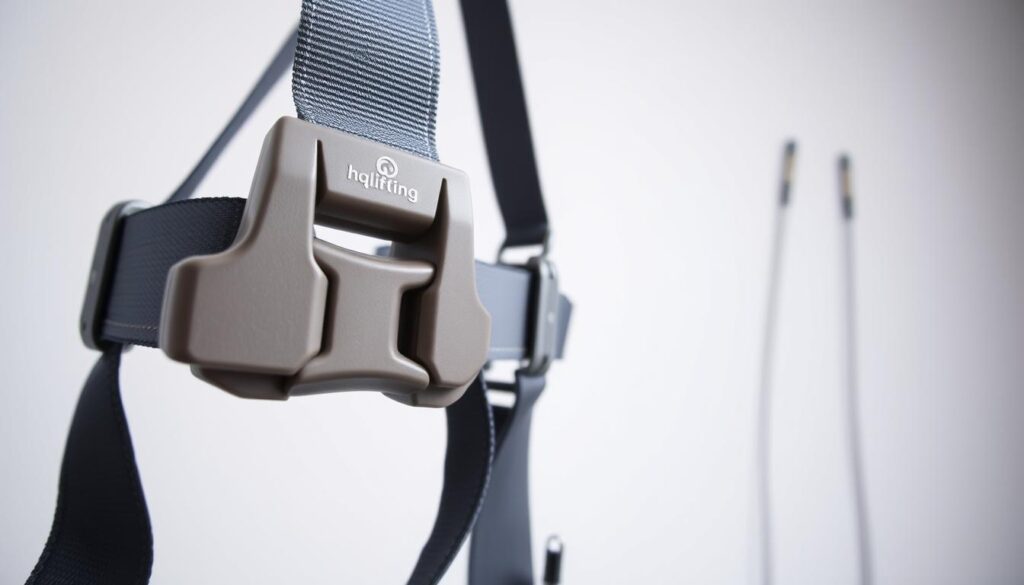
Pre-inspection of the straps
Before use, check the tape. Look for:
- Cuts, loose threads, or frayed seams;
- Damage to the ratchet, such as jammed gears or broken levers;
- Excessive wear on the nylon or polyester part.
If you find damage, discard the strap immediately.
Recommended protective equipment
Use:
- Cut-resistant gloves for handling irregular edges;
- Safety glasses to protect the eyes from possible fragments;
- Closed shoes to prevent accidents with heavy objects.
Care during tensioning
When tightening the strap:
- Keep your hands away from the ratchet lever;
- Make sure the area around is clear of people;
- Avoid tensioning with sudden force to reduce the risk of rupture.
Assembling the belt with a ratchet requires calm and constant attention.
How to Assemble a Ratchet Strap for Cargo: Advanced Techniques
For complex loads, we use advanced techniques for greater safety. It is crucial to know how to handle unique situations. First, understand the characteristics of the load to choose the best strategies.
Distribution of irregular loads
Objects with strange shapes need special attention. Find the center of gravity and choose solid attachment points. Cross tying helps balance lateral forces.
For large loads, use the star arrangement. Adjust the straps at angles of 30 to 45 degrees for even distribution.

Use of multiple straps for greater safety
For heavy loads, use up to four straps at the same time. Each strap must support up to 70% of its capacity. Place them in parallel, leaving 10 cm between them.
For unstable loads, use synchronized tensioning systems. This ensures that all straps are tightened gradually.
Techniques for special loads
- Cylindrical: Use steel washers to secure in opposite positions, preventing rolling.
- Sharp edges:
- Fragéis:
- Very heavy:
Place PVC guards between the strap and the load to prevent cuts.
Reduce tension in 30% and avoid direct contact points with hard surfaces.
Add redundant systems with auxiliary straps and safety locks.
Add accessories such as non-slip mats and corner brackets to reinforce the fastenings. Before finishing, test the stability with small movements.
Maintenance and Conservation of Ratchet Straps
Keeping the ratchet straps in good condition is crucial for safety and durability. Even with the assembly step-by-step, it is important to take care of them to avoid damage. Cleaning is a fundamental step.
- Wash with clean water and neutral soap;
- Do not use abrasive or chemical products;
- Dry completely before storing.
Storage is another important point:
- Store in dry and ventilated places;
- Avoid direct sunlight and humidity;
- Enroll carefully without sharp folds.
It is essential to perform regular inspections:
- Check seams, ends, and ratchet mechanisms;
- Replace immediately if there are cracks or deformations;
- Adopt a checklist schedule according to frequent use.
Small repairs can be made carefully. But if the strap is very damaged, it is better to replace it. Worn materials should not be used, even with small adjustments.
To make the belt last longer, avoid intense heat and corrosive products. Following these tips keeps the belt effective and safe.
Troubleshooting: What to Do When the Ratchet Strap Does Not Work Properly
Problems with the strap and ratchet can affect the safety of the loads. Here are some solutions for each problem:
- Clean the mechanism with a brush if there is an accumulation of dust or debris.
- Use specific lubricating oil for locked gears.
- At low temperatures, thaw the part with warm water before attempting to move it.
Damaged tape:
Replace immediately if there is:
- Cuts or tears that expose the inner fiber.
- Wear greater than 25% of the fabric thickness.
- Stains from corrosive chemicals, even if small.
Lembre-se: “em caso de dúvida, substitua” é a regra essencial para evitar riscos.
Ratchet mechanism with failures:
For worn teeth or broken springs:
- Check if the click sound is not missing during closing.
- Replace damaged parts following the manufacturer's manual.
- Avoid forcing the lever if there is grinding or irregular movement.
Persistent problems indicate the need for specialized technical assistance.
Conclusion
Knowing how to assemble a ratchet strap for cargo is essential. This ensures safety and efficiency in transportation. Every step, from choosing the material to the final adjustment, is crucial.
Position the ratchet correctly and avoid overvoltage are important actions. They prevent damage and accidents, as we have shown before.
Investing in regular training and conducting pre-use inspections protects investments and lives. Beginners should start with lighter loads to build confidence. Then, they can handle more complex situations.
Practical experience and constant review of standards are essential. They transform technical skills into safe routines.
Sharing knowledge about the correct use of ratchet straps is important. This promotes a safety culture in the Brazilian logistics sector. Improving the technique brings visible results, such as well-secured loads and reduced repair costs.
Remember: every detail, from the type of material to maintenance, is part of a process that protects your work and the environment.
Share:

June Han /founder and designer
The co-founder of Hqlifting, sales director, amateur writer about fitness business


